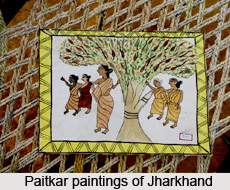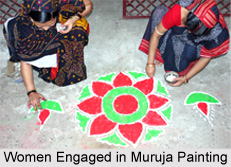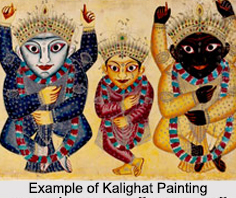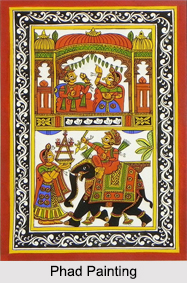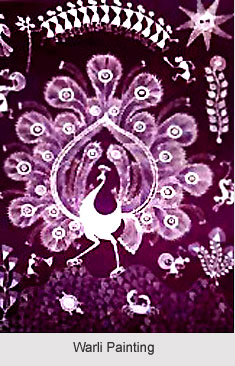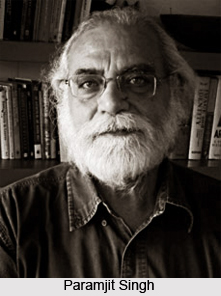 Paramjit Singh was born in 1935 in Amritsar. He completed his art education in the School of Arts, Delhi Polytechnic (1953-58). He was also the founder member of `The Unknown`, a group of young painters and sculptors based in Delhi. He had by chance discovered a small landscape painting of Rabindranath Tagore at the age of 13 that led him to take a journey of self realization. He uses his landscapes to evoke memories of the past. His paintings depict that the phenomenal world hides something which the eyes can`t see. He was the founder member of `The Unknown`, a group of young painters and sculptors based in Delhi.
Paramjit Singh was born in 1935 in Amritsar. He completed his art education in the School of Arts, Delhi Polytechnic (1953-58). He was also the founder member of `The Unknown`, a group of young painters and sculptors based in Delhi. He had by chance discovered a small landscape painting of Rabindranath Tagore at the age of 13 that led him to take a journey of self realization. He uses his landscapes to evoke memories of the past. His paintings depict that the phenomenal world hides something which the eyes can`t see. He was the founder member of `The Unknown`, a group of young painters and sculptors based in Delhi.
Paramjit Singh is a unique landscape painter. Initial landscapes are evocatively silent studies of nature. His paintings are a painter`s reaction to the mysteries of nature. His preoccupation with Pittura Metafisica, a school in modern Italian Art is evident in his early paintings. The sharp shadows and melting tones gave his paintings a transcendental impression.
In the eighties there was a radical shift in his technique. Lush Indian landscapes which remind one of the mustard fields of Punjab were depicted in his paintings. His paintings were now characterized by a mystical vision of a transcendental presence. Paramjit has been inspired by the Impressionists. Paramjit landscapes over the years became a distinct mystical utterance in pictorial terms.
Paramjit Singh won the National Award in 1970. Between 1967 and 1994, he had 24 solo shows in India and in important galleries and art centres in Norway, Germany and Belgium. In 1973 he worked in the graphics studios of the Atelier Nord, Oslo. He was a faculty member of the Department of Fine Art, Jamia Milia Islamia, New Delhi, for 29 years, and retired as Professor in 1992. Between 1957 and 1994, Paramjit participated in 48 important exhibitions in India and abroad, which included the First Young Asian Artists Exhibition, Tokyo (1957), Art Expo `70, Indian Pavilion, Osaka, Exhibition of Prints, Atelier Nord and Gallery `71, Tromso, Norway (1973), Indian Art Today, 1Yarmstadt, Germany (1982), the 15th International Biennale, Tokyo (1984), Inaugural Exhibition, Bharat Bhavan, Bhopal (1984), Art Biennale, Ankara, Turkey (1986), Festival of India, USSR (1987), International Festival of Art, Baghdad (1988), `Indian Encounters`, The Galleria, London (1993), Art Biennale, Cairo (1994), Art Festival, Israel (1994).
